For our drive to West Branch, Iowa we were off the Interstates and truly traveling farm country
where many of the roads were lined with blue wildflowers
while some sections passed between millions of years of the earth's history
and on still others farm equipment is not an unusual sight.
Crossing the Mississippi
we left Wisconsin and entered Dubuque, IA where more than a dozen church spires accented the landscape.
Although not on the list of official presidential museums, the Herbert Hoover homestead and presidential museum
has long been on our list of presidential “places” to visit. Like the Eisenhower library and museum, it was built adjacent to the extremely modest two-room home in which he was born in 1874.
He is show here … Age 1 (right) … Age 3 (center) … Age 6 with his sister Mary (May) and brother Theodore (Tad)
Relocated to the property is his father, Jessie’s blacksmith shop
the one-room school he attended
and the Quaker Meeting House he attended as a boy with his parents a young Herbert Hoover was greatly influenced by the Quaker belief in equality or all people regardless of race creed or color.
Males and females sat on separate sides of an open partition
where worshippers sat in “silent waiting” and spoke only when moved by an inner spirit. Young infants and children sat with their mothers. When infants disturbed the silence of the meeting their mothers took them to the “cry room”.
After his father’s death when he was six and his mother’s passing three years later, Herbert lived briefly with one of his grandmothers in Kingsley, IA and the for 18 months with his uncle Allen Hoover in West Branch. In November 1885 he boarded a train bound for Oregon to live with his uncle, a physician and businessman whose own son had died the year before.
Hoover entered Stanford University in 1891, its inaugural year, and claimed to be the very first student at Stanford, by virtue of having been the first person in the first class to sleep in the dormitory. Hoover graduated in 1895 with a degree in geology. He earned his way through four years of college working various jobs on and off campus, including the Geological Survey of Arkansas and the US Geological Survey. While at the university, he was the student manager of both the baseball and football teams. Throughout his tenure at Stanford, he was adamantly opposed to the fraternity system. And more important, it was at Stanford that he met Lou Henry who would become his wife.
Upon hearing the Berwick Mining Company was looking for a manager for their Australian operations, Hoover grew a moustache, bought a new suit and top hat and lied on his application letter telling the company he was 35 (although he was actually just 23 at the time).
After proving his abilities and discovering gold in Western Australia he accepted other assignments with the company in China, Africa and other locations around the world. It was just prior to his leaving for China that he proposed to Lou by letter (there were no phones at the time) and they were married 1899.
In 1908, Hoover became an independent mining consultant,
traveling worldwide until the outbreak of World War I in 1914. By that time he was a wealthy man, with an estimated personal fortune of $4 million.
Mrs. Hoover, her maid and both sons were passengers on the RMS Lusitania in 1912. Two years later, she, her maid and one of her sons were scheduled to again sail on the Lusitania on May 14, 1915.
Fortunately, she canceled her reservation just prior to the ship sailing … the Lusitania was sunk the following year on May 15th, 2915, drowning nearly 2,000 passengers including 128 Americans.
He would later be “I did not realize it at the moment, but on August 3, 1914, my engineering career was over forever. I was on the slipper road of public life.”
Bored with making money, the Quaker side of Herbert Hoover yearned to be of service to others. His chance came with the assassination of Austrian Archduke Franz Ferdinand which ignited long simmering rivalries among jealous European nations. As the continent erupted into war, an estimated 120,000 Americans were trapped on the wrong side of the Atlantic. Within 24 hours of receiving a plea from the US Ambassador to Britain, Hoover mustered some 500 volunteers in the grand ballroom of the Savoy Hotel which he’d turned into a vast canteen and distribution center for food, clothing, steamer tickets and cash.
During the next few weeks Hoover assisted Americans as diverse as Chief White Feather of Pawhuska, OK, and dowagers in jewels to get home. When one woman angrily insisted on a written pledge that no German submarine would attack her vessel in mid-ocean, Hoover readily complied.
Together with nine engineering friends, Hoover loaned desperate travelers $1.5 million … all but $400 was subsequently repaid.
When Belgium faced a food crisis after being invaded by Germany in 1914, Hoover undertook an unprecedented relief effort with the Commission for Relief in Belgium (CRB) to prevent famine on the war-ravaged continent.
As chairman of the CRB, Hoover worked to feed the entire nation for the duration of the war. The CRB obtained and imported millions of tons of foodstuffs to be distribute, and made sure the German army didn't appropriate the food. The CRB became a veritable independent republic of relief, with its own flag, navy, factories, mills, and railroads. Private donations and government grants (78%) supplied an $11-million-a-month budget.
For the next two years, Hoover worked 14-hour days from London, administering the distribution of over two million tons of food to nine million war victims. In an early form of shuttle diplomacy, he crossed the North Sea forty times to meet with German authorities and persuade them to allow food shipments, becoming an international hero.
In the process, he developed a unique philosophy—one balancing responsibility for the welfare of others with an unshakable faith in free enterprise and dynamic individualism. In time this would lead him to feed more than a billion people in fifty-seven countries.
After the United States entered the war in April 1917, President Woodrow Wilson appointed Hoover to head the US Food Administration, which was created under the Lever Food Control Act in 1917. This was a position he actively sought, though he later claimed it was thrust upon him. He was convinced from his Belgian work that centralization of authority was essential to any relief effort; he demanded, and got, great power albeit not as much as he sought. Hoover believed "Food will Win the War"; and beginning on September 29, this slogan was introduced and put into frequent use.
After being elected, Harding rewarded Hoover for his support, appointing him Secretary of the Commerce Department … until than was considered a minor Cabinet post, with limited and vaguely defined responsibilities.
Hoover aimed to change that, envisioning the Commerce Department as the hub of the nation's growth and stability. From Harding he demanded, and received, authority to coordinate economic affairs throughout the government. He created many sub-departments and committees, overseeing and regulating everything from manufacturing statistics, the census and radio, to air travel. In some instances he "seized" control of responsibilities from other Cabinet departments when he deemed that they were not carrying out their responsibilities well. Hoover became one of the most visible men in the country, often overshadowing Presidents Harding and Coolidge. Washington wags referred to Hoover as "the Secretary of Commerce… and Under-Secretary of Everything Else!"
As early as 1925, Secretary Hoover had warned President Coolidge that stock market speculation was getting out of hand. Yet in his final State of the Union Address, Coolidge saw no reason for alarm. “No Congress…ever assembled has met with a more pleasing prospect than that which appears at the present time,” said Coolidge early in 1929. “In the domestic field there is tranquility and contentment… and the highest record of prosperity in years.”
The Great Mississippi Flood of 1927 broke the banks and levees of the lower Mississippi River resulting in flooding of millions of acres and leaving 1.5 million people displaced from their homes. Although such a disaster did not fall under the duties of the Commerce Department, the governors of six states along the Mississippi specifically asked for Herbert Hoover in the emergency. President Calvin Coolidge sent Hoover to mobilize state and local authorities, militia, army engineers, the Coast Guard, and the American Red Cross.
With a grant from the Rockefeller Foundation, Hoover set up health units to work in the flooded regions for a year. These workers stamped out Malaria, Pellagra and typhoid fever from many areas. His work during the flood brought Herbert Hoover to the front page of newspapers almost everywhere, and he gained new accolades as a humanitarian. The great victory of his relief work, he stressed, was not that the government rushed in and provided all assistance; it was that much of the assistance available was provided by private citizens and organizations in response to his appeals. "I suppose I could have called in the Army to help", he said, "but why should I, when I only had to call upon Main Street."
It began when Calvin Coolidge chose not to run for a second term in 1928. Hoover made no secret of his interest in succeeding Coolidge. Few men seemed so prepared for the nation's highest office. After all, he had fed Belgium, run the U.S. Food Administration for Woodrow Wilson, revolutionized the Department of Commerce, and ministered to victims of the Mississippi River flood. More realistic than Wilson, more respectable than Warren Harding, more imaginative than Calvin Coolidge, Hoover appeared an ideal candidate. Few Americans asked whether the Great Engineer had a political temperament.
He won the 1928 election in a landslide, no American president entered the office
with greater expectations or subsequently lleft with more botter disappointments thatn Herbert Hoover.
Hoover had long criticized speculation on the stock market. He had repeatedly asked President Coolidge to seek additional control over private banking and financial practices, especially insider trading and the use of common stocks as security at near-market value for customers' deposits. He also urged Federal Reserve Board members to restrict credit sufficiently to deter speculation. The board pursued confused objectives and showed faulty logic, dropping the re-discount rate, to Hoover's horror, to 3.5 percent in August 1927. There was little that Hoover could do to restrain stock speculation when he entered office in March 1929. He wrote a statement for a reluctant Secretary of the Treasury Andrew Mellon to issue, saying that conservative bonds, in contrast to speculative stocks, were undervalued. Fearing that an assault on the speculative market could start a panic, he was cautious about recommending a rise in the rediscount rate in that year. But probably nothing Hoover could have done would have averted the stock market crash of October 1929.
Despite many successes in the areas of civil rights, building bridges with Latin American countries, expanding civil service coverage of federal positions, canceled private oil leases on government lands, instructing the Justice Department and the Internal Revenue Service to pursue gangsters for tax evasion.
Herbet Hoover was also the "star" of the world's first television broadcast.
Appointing a commission that set aside 3,000,000 acres of national parks and 2,300,000 acres of national forests; advocated tax reduction for low-income Americans (not enacted); closed certain tax loopholes for the wealthy; doubled the number of veterans' hospital facilities; negotiated a treaty on St. Lawrence Seaway (which failed in the US Senate); wrote a Children's Charter that advocated protection of every child regardless of race or gender;
created an antitrust division in the Justice Department; required air mail carriers to adopt stricter safety measures and improve service; proposed federal loans for urban slum clearances (not enacted); organized the Federal Bureau of Prisons; reorganized the Bureau of Indian Affairs; instituted prison reform; proposed a federal Department of Education (not enacted); advocated $50-per-month pensions for Americans over 65 (not enacted); chaired White House conferences on child health, protection, homebuilding and home-ownership; began construction of Boulder Dam (later renamed Hoover Dam); and signed the Norris-LaGuardia Act that limited judicial intervention in labor disputes … his presidency showed the limmitations of managerial government in a time of national emergency. With his stiffnecked refusal to play the political game, the president clung to the same theories of intididual initiative and grassroots cooperation that had fed wartorn Europe and ministered to flood victims in this country.
His bid for reelection against FDR became a foregone conclusion departed from Washington in March 1933 with some bitterness, disappointed both that he had been repudiated by the voters and unappreciated for his best efforts. Although many of his friends and supporters called upon Hoover to speak out against FDR's New Deal and to assume his place as the voice of the "loyal opposition", he refused to do so for many years after leaving the White House, and he largely kept himself out of the public spotlight until late in 1934.
During the thirty years between leaving the White House and his death in 1964, Herbert Hoover was sought our for advice by each of his successors from FDR to LBJ. In 1947, President Harry S. Truman appointed Hoover to a commission, which elected him chairman, to reorganize the executive departments. This became known as the Hoover Commission. He was appointed chairman of a similar commission by President Eisenhower
in 1953. Both found numerous inefficiencies and ways to reduce waste.
Meanwhile, he and Lou spent many days at Rapidan, their retreat in the Maryland mountains,
where he was able to pursue his passion for fishing.
Both Herbert and Lou are interred at a private gravesite on the property only a few hundred yards from where he was born ninety years before.

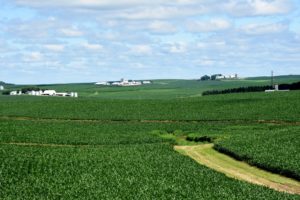
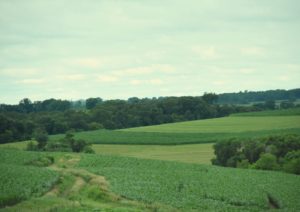

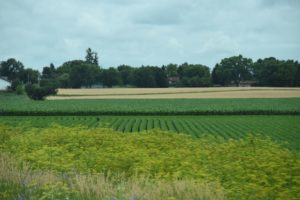

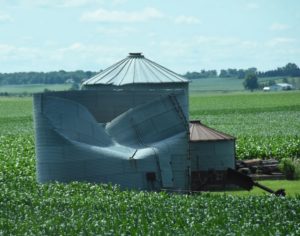

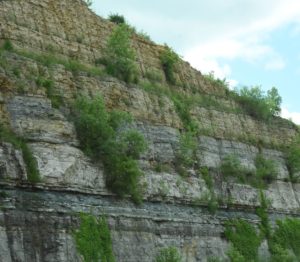
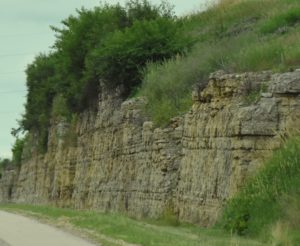
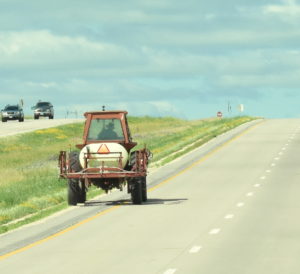
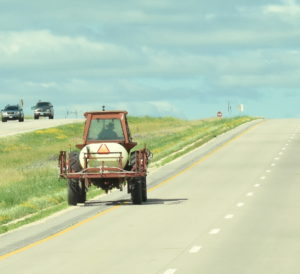

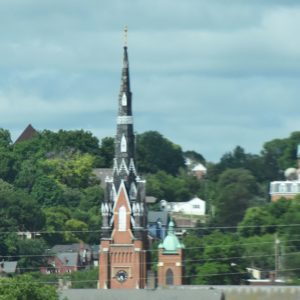



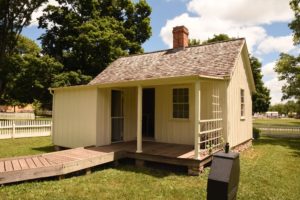
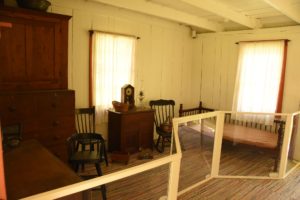

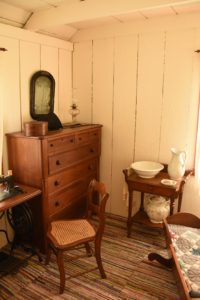
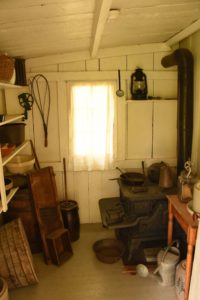
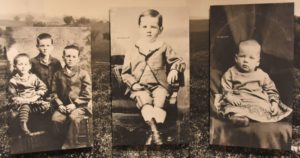
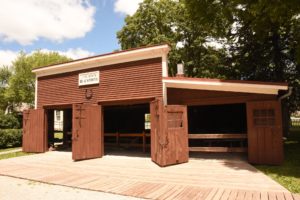 \
\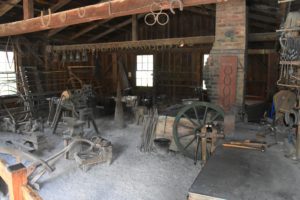 \
\


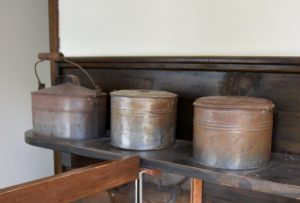
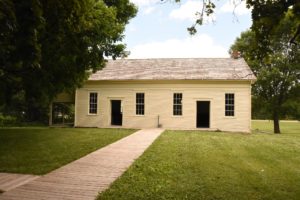

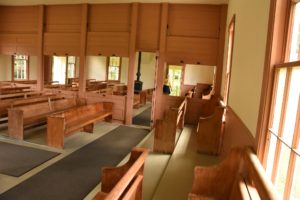
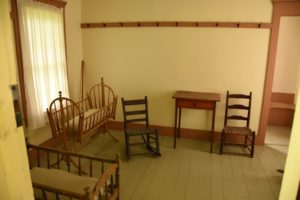



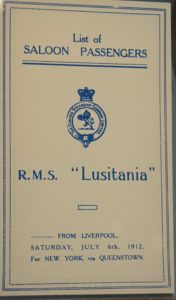

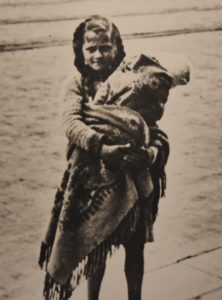


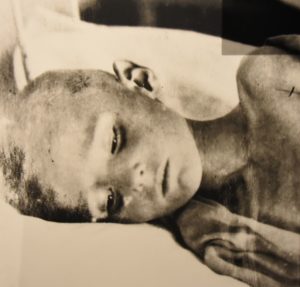
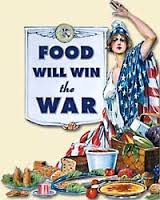
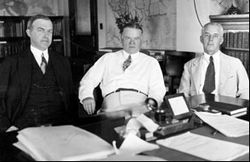
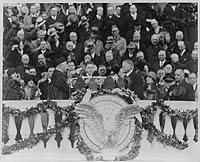


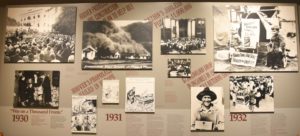
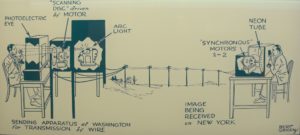

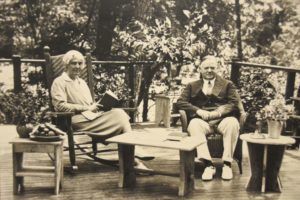

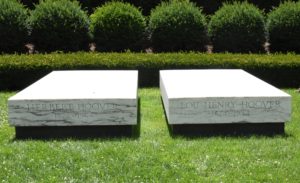
Pretty nice post. I just stumbled upon your weblog and wanted to mention that I have really loved surfing around your weblog posts. In any case I抣l be subscribing on your rss feed and I am hoping you write once more very soon!
Write more, thats all I have to say. Literally, it seems as though you relied on the video to make your point. You clearly know what youre talking about, why throw away your intelligence on just posting videos to your blog when you could be giving us something informative to read?
I抦 not sure where you are getting your info, but good topic. I needs to spend some time learning much more or understanding more. Thanks for wonderful information I was looking for this info for my mission.